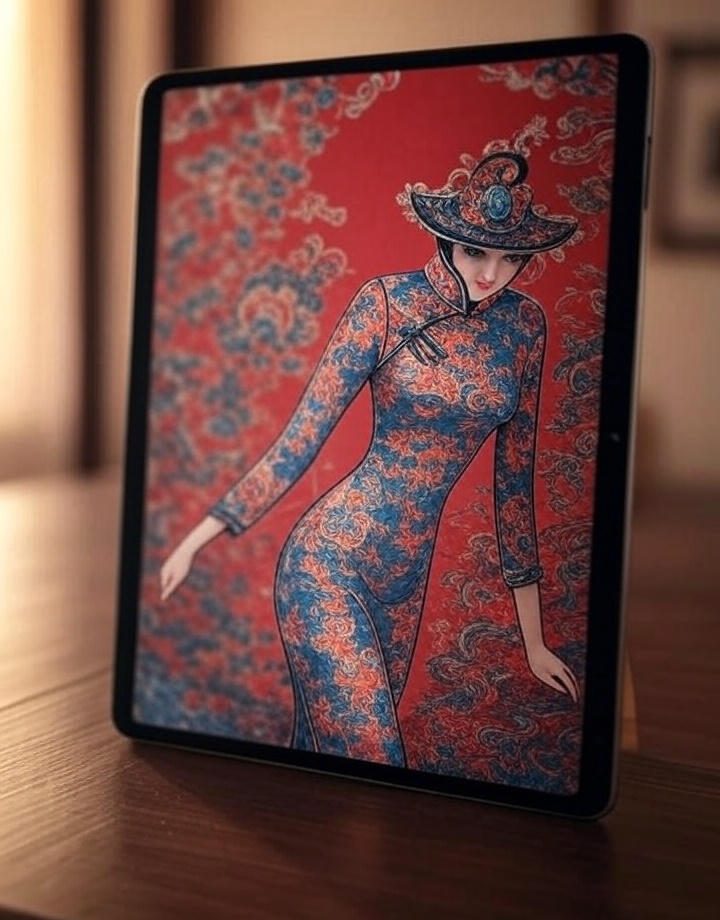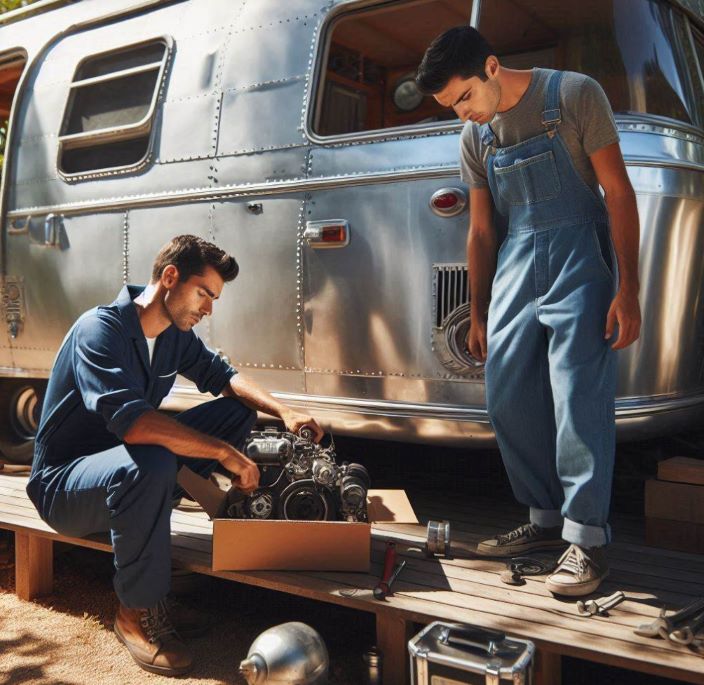Fitting the Future: How Augmented Reality Is Changing How We Shop for Traditional Clothing
 Augmented reality (AR) is now transforming online shopping experiences at a rapid pace. From sneakers to makeup, the technology helps people see how products look and fit without visiting a store. But when it comes to traditional clothing, like the qipao, customization and fit are even more important. AR offers a new way to bring elegance and precision into a digital space, allowing customers to visualize garments like never before.
Augmented reality (AR) is now transforming online shopping experiences at a rapid pace. From sneakers to makeup, the technology helps people see how products look and fit without visiting a store. But when it comes to traditional clothing, like the qipao, customization and fit are even more important. AR offers a new way to bring elegance and precision into a digital space, allowing customers to visualize garments like never before.
Shopping for culturally rich fashion online can be tricky, especially with pieces that follow strict tailoring standards.
The qipao’s signature silhouette, with its close-fitting lines and high collar, requires a perfect fit to achieve the look designers intend. Customers browsing platforms such as (robe chinoise) appreciate the craftsmanship behind each piece, but struggle with sizing and style decisions. That’s where AR-powered fitting rooms step in—letting users scan their body, try styles virtually, and tweak choices before they buy. It’s a more confident way to shop, especially for garments that hold traditional and emotional value.
AR Brings Personalization to the Forefront
One major benefit of AR fitting rooms is that they allow for realistic personalization. Users don’t just see a mannequin; they see how the garment drapes over their own figure. Whether adjusting sleeve lengths or experimenting with embroidery placements, shoppers get more control. The technology also reduces returns, a big issue for online sellers of tailored wear.
- Virtual try-ons help users narrow down cuts and styles that suit them best.
- Designers can present alternate color palettes or vintage patterns instantly.
- Retailers collect insight into customer behavior and preferences, improving stock decisions.
Preserving Tradition Through Innovation
AR doesn’t erase tradition; it enhances it. Rather than replacing the experience of wearing heritage clothing, it makes it more accessible. For people outside regions where qipaos are typically sold, trying one used to mean guesswork and hope. Now, virtual fitting mirrors the real thing as closely as possible. This gives global customers the chance to explore historic fashion with confidence and curiosity.
AR tools also spotlight craftsmanship. Zoom-in features can show detailed stitching and fabrics, allowing designers to highlight hand-sewn features or rare textiles. It’s a win for both artistry and usability. Customers become more informed, and creators can share the pride behind each garment in meaningful ways.
How Cultural Fashion Platforms Benefit
Sites that focus on cultural apparel are finding creative ways to adopt AR. From Tokyo to Paris, many retailers are integrating features that mirror custom tailoring sessions. Imagine standing in your living room and seeing your reflection in a fitted silk qipao, complete with virtual lighting adjustments to simulate event settings. That’s where platforms specializing in cultural wear gain an edge: they combine heritage storytelling with tech innovation.
AR helps them attract wider audiences without compromising cultural integrity. Younger shoppers may be less familiar with traditional styles, but interactive tools draw them in. Virtual styling can teach the history behind garment designs, from dynastic inspiration to regional flair. This educational touch builds lasting customer relationships based on respect and shared discovery.
Challenges Ahead
While AR in clothing retail has grown, it still faces obstacles. Precision remains a hurdle. A slight miscalculation in body mapping could mean inaccurate results, frustrating users. Additionally, not every customer has access to mobile devices or internet speeds that support AR experiences.
Retailers and developers need to consider inclusivity in design and roll-out. The goal is to make technology that works across devices and body types. Continuous testing, diverse modeling, and customer feedback are key to improving accuracy and usability.
ALSO READ: Tech Meets Trends: Elevating Your Wardrobe Collection in Malaysia
Conclusion: Reimagining Tradition in a Digital Age
Augmented reality invites us to reimagine how we explore fashion tied to tradition. Rather than walking away from heritage, it builds bridges. A virtual fitting room won’t replace the thrill of trying a qipao in person, but it comes closer than ever before. Cultural clothing platforms are leading the way—preserving beauty while embracing change.

